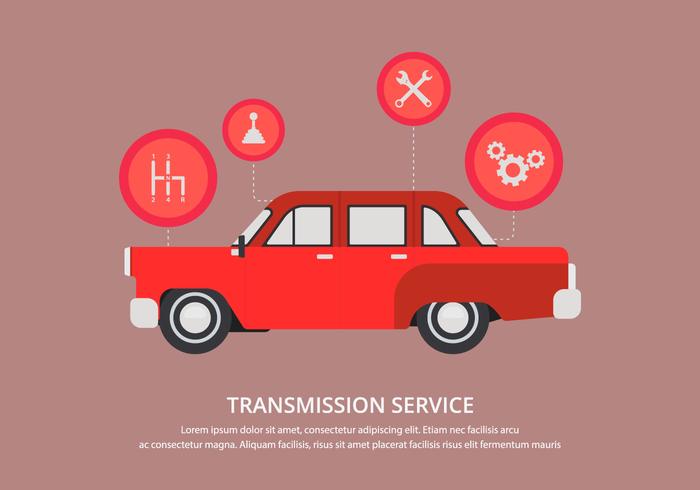However Just How Do You Address Spongy Brake Pedals? Discover The Option Below!
However Just How Do You Address Spongy Brake Pedals? Discover The Option Below!
Blog Article
Content Create By-Prater Brooks
When it pertains to your automobile's brake system, recognizing typical concerns can conserve you from potential safety risks. From recognizing brake pad wear to attending to brake liquid leakages, understanding exactly how to take on these problems is crucial. But what about those spongy brake pedals? There's a fix for that as well. Stay tuned to find out more regarding these concerns and the practical remedies that can keep you safely on the road.
Brake Pad Wear and Substitute
When it comes to keeping your car's brake system, one crucial element to watch on is the wear and substitute of brake pads. Brake pads are crucial elements that press versus the brake rotors to reduce or stop your vehicle. Gradually, these pads wear down due to friction, calling for normal inspection and replacement to ensure your brakes operate successfully.
To establish if your brake pads require replacement, pay attention for shrilling or grinding noises when you use the brakes. Furthermore, if your car takes longer to quit or you observe vibrations or pulsations when braking, it might be time to replace the brake pads.
Disregarding used brake pads can result in lowered stopping performance, damages to various other brake parts, or even brake failure.
Replacing brake pads is a relatively simple procedure for lots of cars. Nonetheless, if you're unsure or unpleasant executing this task, it's best to consult an expert auto mechanic to make certain proper setup and optimal brake efficiency.
Frequently checking and changing brake pads is important for your security and the durability of your automobile's braking system.
Brake Liquid Leaks and Upkeep
To guarantee your car's brake system operates efficiently, it's important to additionally take notice of brake fluid leakages and upkeep. Brake fluid is crucial for sending the force from your foot on the brake pedal to the real stopping mechanism. One typical concern with brake fluid is leaks, which can happen because of deteriorated brake lines, seals, or connections. If you notice a puddle or leaks under your cars and truck, it's important to address the leakage promptly to stop a prospective brake failure.
https://hudsonvalleyone.com/2022/06/29/planned-auto-repair-shop-in-saugerties-concerns-neighbors/ checking your brake liquid degree is essential to maintaining your brake system. Low brake liquid can lead to air going into the brake lines, which compromises braking efficiency.
Additionally, old or polluted brake fluid can affect the total effectiveness of your brakes. It's advised to adhere to the manufacturer's standards on when to change the brake liquid, generally every 2 years.
Spongy Brake Pedal: Bleeding Brakes
If you've ever before experienced a mushy brake pedal while driving, you understand the significance of keeping a firm and responsive stopping system. One typical source of a spongy brake pedal is air caught in the brake lines. When air gets in the brake system, it can result in a loss of hydraulic pressure, causing that unsettling spongy sensation when you push the brake pedal.
To solve https://holdenrmhcv.blogsvila.com/29397900/strap-in-as-we-venture-into-the-future-of-grease-monkey-where-revolutionary-patterns-are-improving-the-market-get-ready-for-an-amazing-journey , hemorrhaging the brakes is needed. Hemorrhaging the brakes includes getting rid of the air from the brake lines to restore proper hydraulic pressure.
To bleed the brakes, you'll require a helper to help you. Start by situating the brake bleeder valve on each wheel, generally located near the brake caliper. With a wrench, loosen up the valve and have your assistant press the brake pedal while you observe any air bubbles appearing. Repeat this process for each wheel, beginning with the wheel farthest from the master cylinder and moving closer.
As soon as you no more see air bubbles and just clear fluid arises, tighten up the shutoff and top up the brake fluid storage tank as needed. Hemorrhaging https://oil-change-cost16172.dailyblogzz.com/29792672/evaluating-the-leading-diy-vehicle-fixing-applications-emphasizes-consumer-comments-and-endorsements guarantee a company brake pedal and improves general stopping performance.
Conclusion
Now that you recognize usual brake problems and how to fix them, you can guarantee your vehicle's safety and security and performance. Remember to pay attention for indication like shrilling sounds or mushy brake pedals, and resolve them quickly. Normal maintenance and timely replacements are crucial to maintaining your brakes in leading problem. Keep proactive and alert to your brake system to take pleasure in safe and reputable driving experiences.
